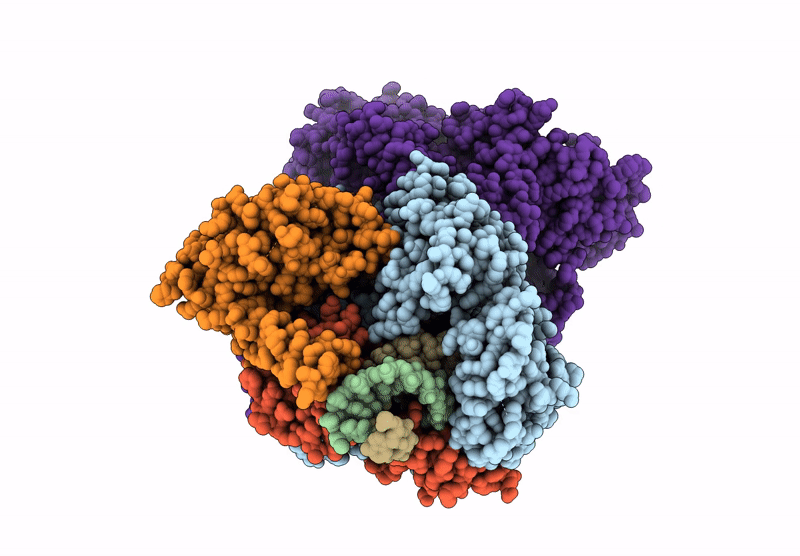
Deposition Date
2025-02-25
Release Date
2025-09-17
Last Version Date
2025-10-01
Entry Detail
PDB ID:
9NHS
Keywords:
Title:
Cryo-EM structure of SIWI-piRNA-target(39-nt)-GTSF1-Maelstrom-Spindle-E complex
Biological Source:
Source Organism:
Bombyx mori (Taxon ID: 7091)
synthetic construct (Taxon ID: 32630)
synthetic construct (Taxon ID: 32630)
Host Organism:
Method Details:
Experimental Method:
Resolution:
4.20 Å
Aggregation State:
PARTICLE
Reconstruction Method:
SINGLE PARTICLE


